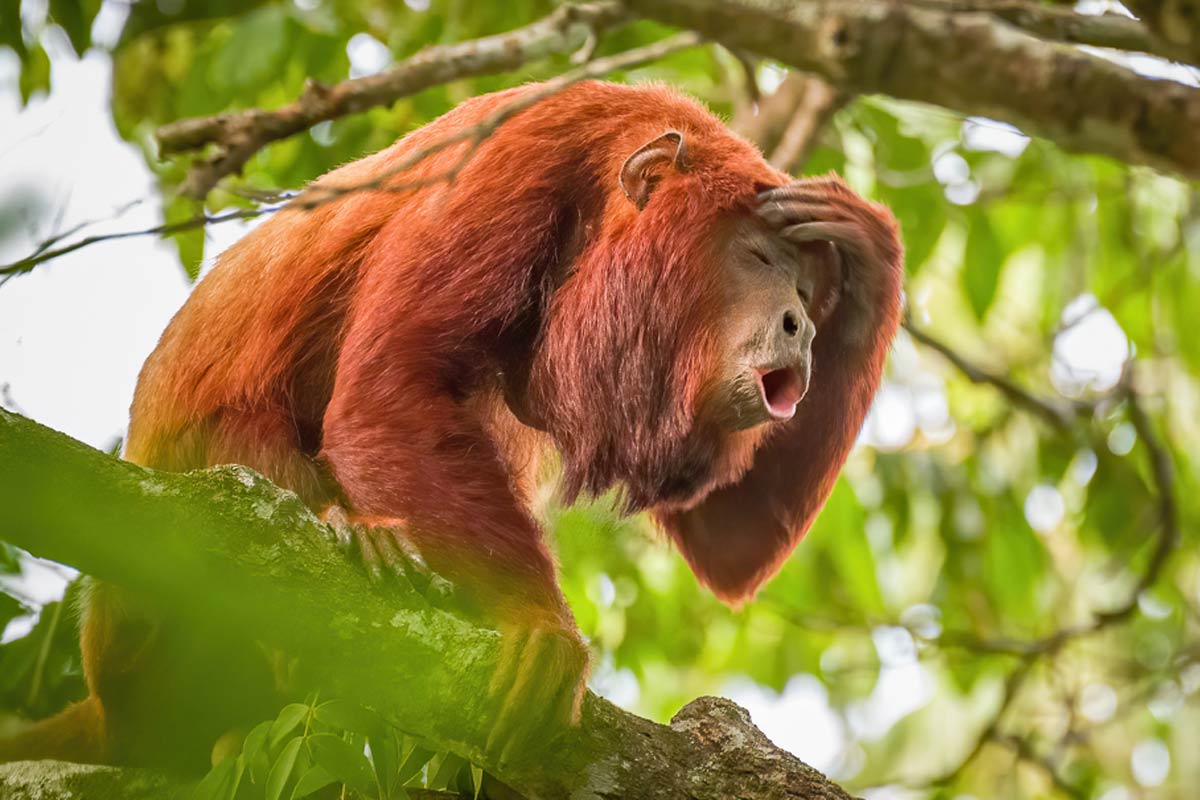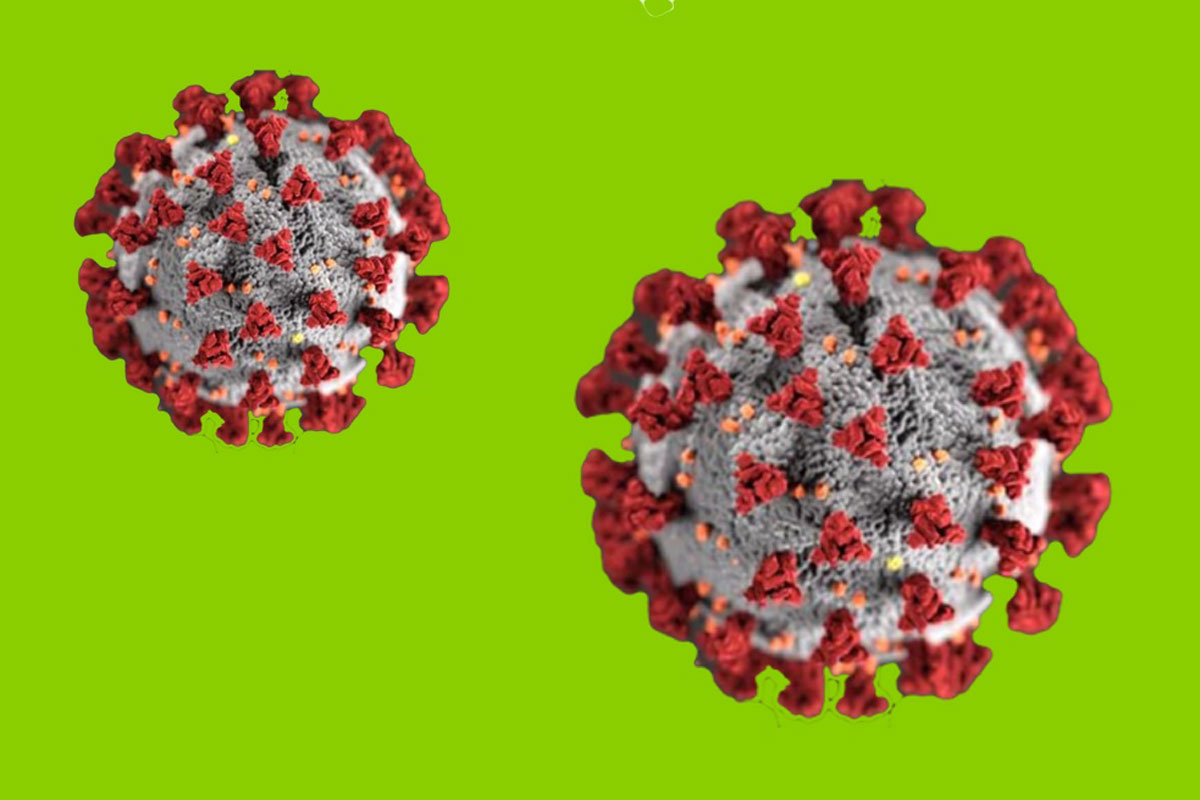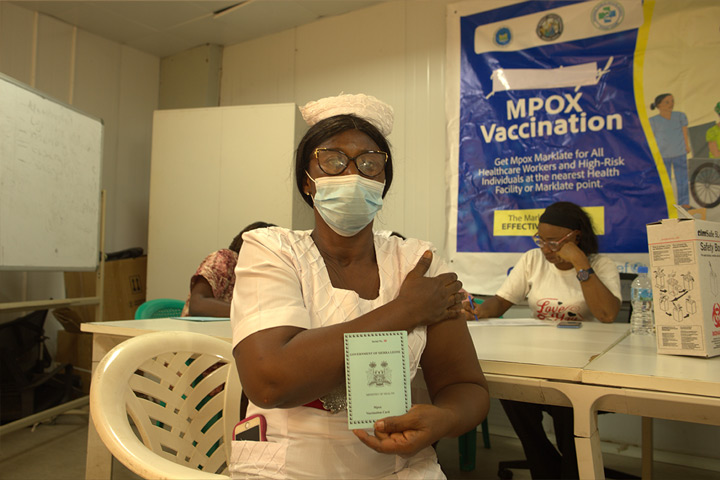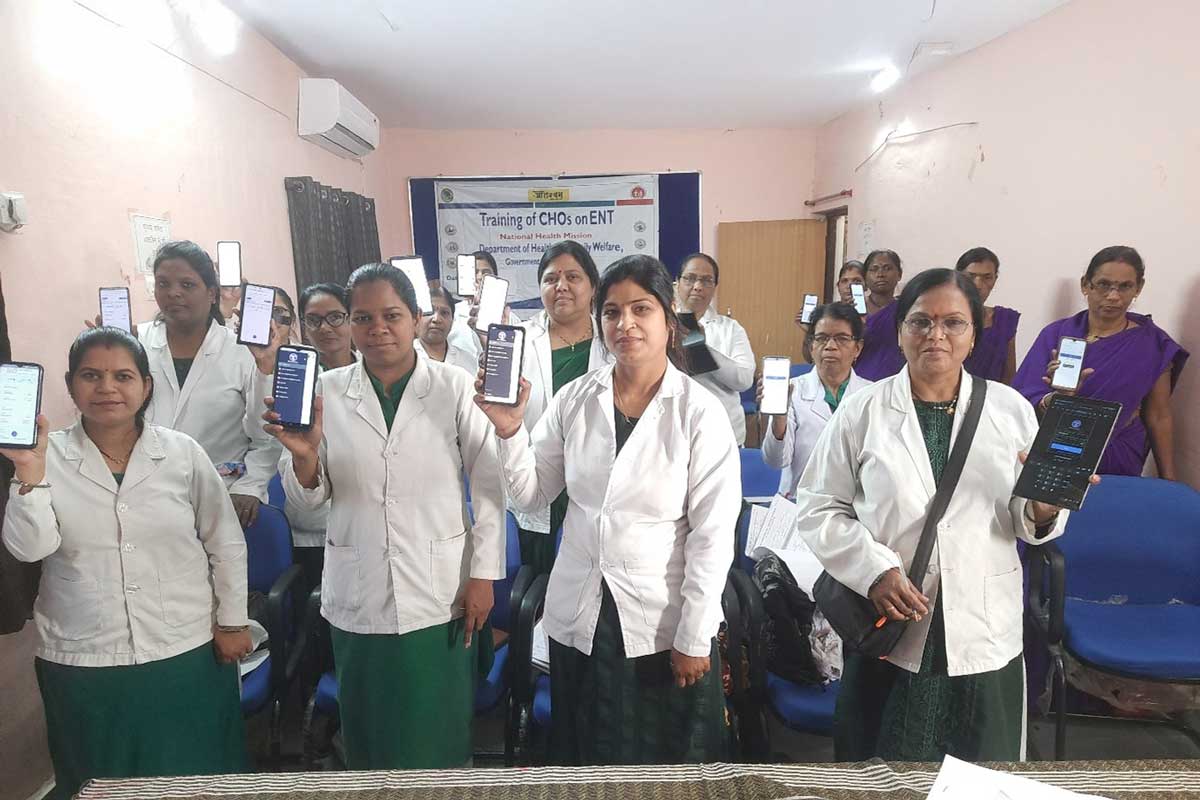Sitting ducks: how likely is a bird flu pandemic in India?
Lakshmi Gopinathan spoke to Indian scientists to understand what we know, and what we can’t know yet, about the potential for a new spillover threat.
- 14 August 2024
- 8 min read
- by Lakshmi Gopinathan
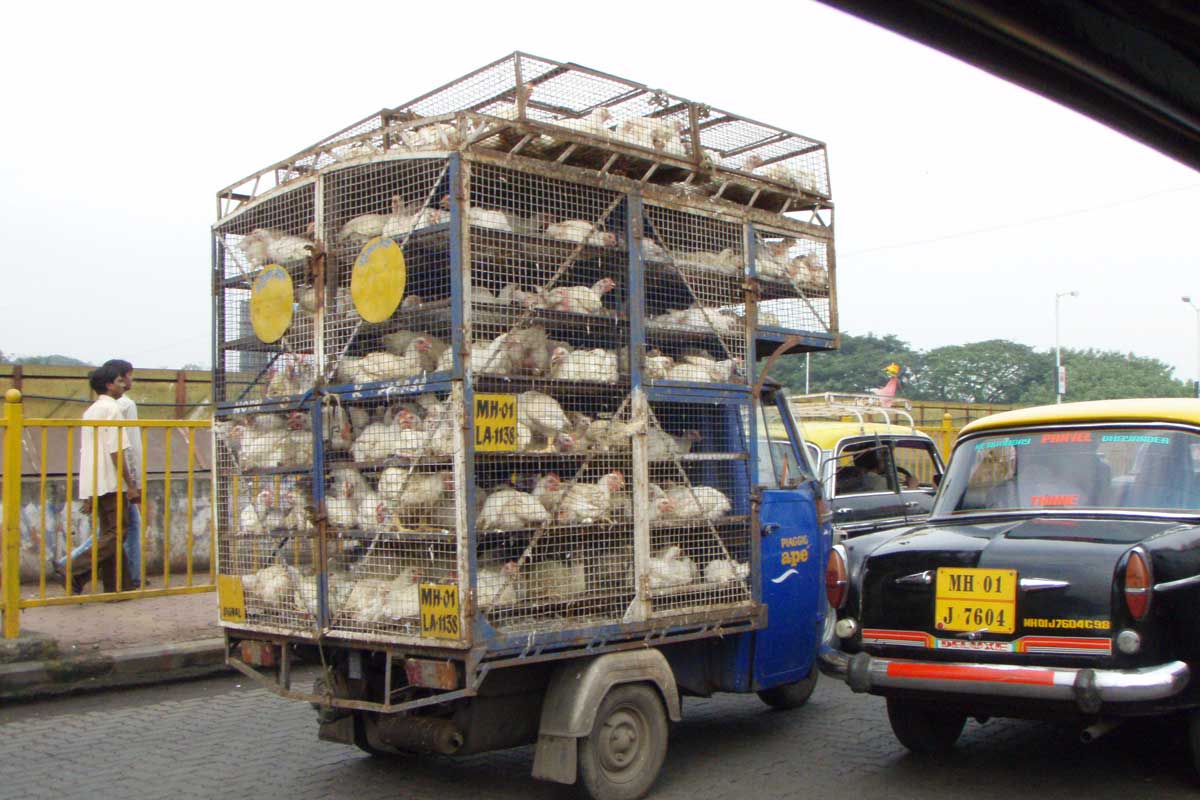
Every year, millions of migratory birds soar across continents, to seek the warmth of India’s wetlands and forests. Wardens of healthy ecosystems, migratory birds are also contributors to the global spread and evolution of avian influenza, or bird flu.
Wild aquatic birds are the primary and natural reservoirs for avian influenza A viruses (AIV). Most of these viruses exhibit low pathogenicity, causing only mild or asymptomatic infections.
Over time, however, the carriage and exchange of different virus strains along migration routes, transmission to domestic poultry, and reassortment – that is, the mixing of different genetic material into new combinations – of viruses between wild birds and poultry has led to the emergence of highly pathogenic avian influenza (HPAI) viruses with the ability to cause severe and highly contagious disease. Some of these can be fatal.
Avian influenza, grounded
Once largely confined to birds, HPAI viruses have evolved into different clades, some causing mass epizootic – think “epidemic,” but among animals – outbreaks, and sporadic spillover human infections.
Characterised and named according to the combination pattern of two surface proteins, hemagglutinin (HA) and neuraminidase (NA), the AIV subtypes, H5, H7 and H9 have, in particular, proven their zoonotic capability by crossing species and infecting mammals.
“The threat for India will be no different from the rest of the world, and that is unpredictable until we actually have sustained transmission and a large number of human cases.”
- Gagandeep Kang, virologist
Currently dominating world news for its infection of cattle herds in the US – the first avian influenza spillover to cattle on record – the HPAI A(H5N1) virus was first identified in farmed waterfowl in 1996 in China. After nearly a 30-year haul of reassortments and mutations, over 800 human infections in 23 countries with >50% mortality (most cases from 2003–2019), large and lethal infections in wild and farmed birds across continents (since 2020), and diverse spillover to over 40 species of mammals, the current 2.3.3.4b clade of HPAI A(H5N1) is still short of the adaptation or adaptations it needs to be capable of causing a human pandemic.
There is no evidence – yet – of sustained human-to-human transmission of HPAI A(H5N1). That’s reassuring – but considering the geographical reach, the species promiscuity, and the notorious ability of AIV to reassert and revolve, it has to be said that this might change.
Too soon to say
Since 2006, when India’s first avian influenza outbreak was reported in Navapur, Maharashtra in a poultry farm, the country has reported outbreaks in poultry every year in various states, leading to the culling of over 9 million birds, resulting in substantial economic losses.
As reported in a 2023 article in the Indian Journal of Medical Research, between 2006 and 2021, the largest number of HPAI (H5N1 and H5N8) virus outbreaks were reported from Maharashtra, West Bengal, Kerala and Odisha, with over 25 outbreaks in each state. Most recently, as avian influenza continued to spread globally, four Indian states – Andhra Pradesh, Maharashtra, Jharkhand and Kerala – recorded cases of avian influenza in poultry in May and June of this year.
With wild bird-poultry interface aplenty in its wetlands on central migratory flyways, and with a massive poultry sector that ranks third in the world for egg production, how much at risk is India for an avian influenza pandemic in humans?
“The threat for India will be no different from the rest of the world, and that is unpredictable until we actually have sustained transmission and a large number of (human) cases,” says Gagandeep Kang, noted Indian virologist.
Only two human cases of avian influenza have been reported in India thus far, the most recent one being in a four-year-old-child infected with avian influenza A(H9N2) in West Bengal in May 2024. That child was reported to have made a full recovery. In July 2021, the first case of a fatal avian HPAI A(H5N1) infection occurred in a boy under 18 years of age in Haryana. The source of infection was not ascertainable in either case, although both cases had family-owned poultry or butchery businesses.
Two is too small a sample size to scrutinise for epidemic or pandemic potential, says Gautam Menon, Professor of Physics and Biology at Ashoka University with expertise in epidemiological modelling of infectious diseases. “There are too few cases for us to understand how the disease might affect people. Once there is evidence for a [novel] virus that moves easily between people, that could potentially lead to severe disease – one can then bring in modelling to evaluate its pandemic potential. This is information that can only come once we begin to see a number of cases and even then, it may take time for us to fully understand its long-term impact,” he explains, adding that tracking outbreaks and using genomic surveillance to identify whether a human infection has come from birds is essential.
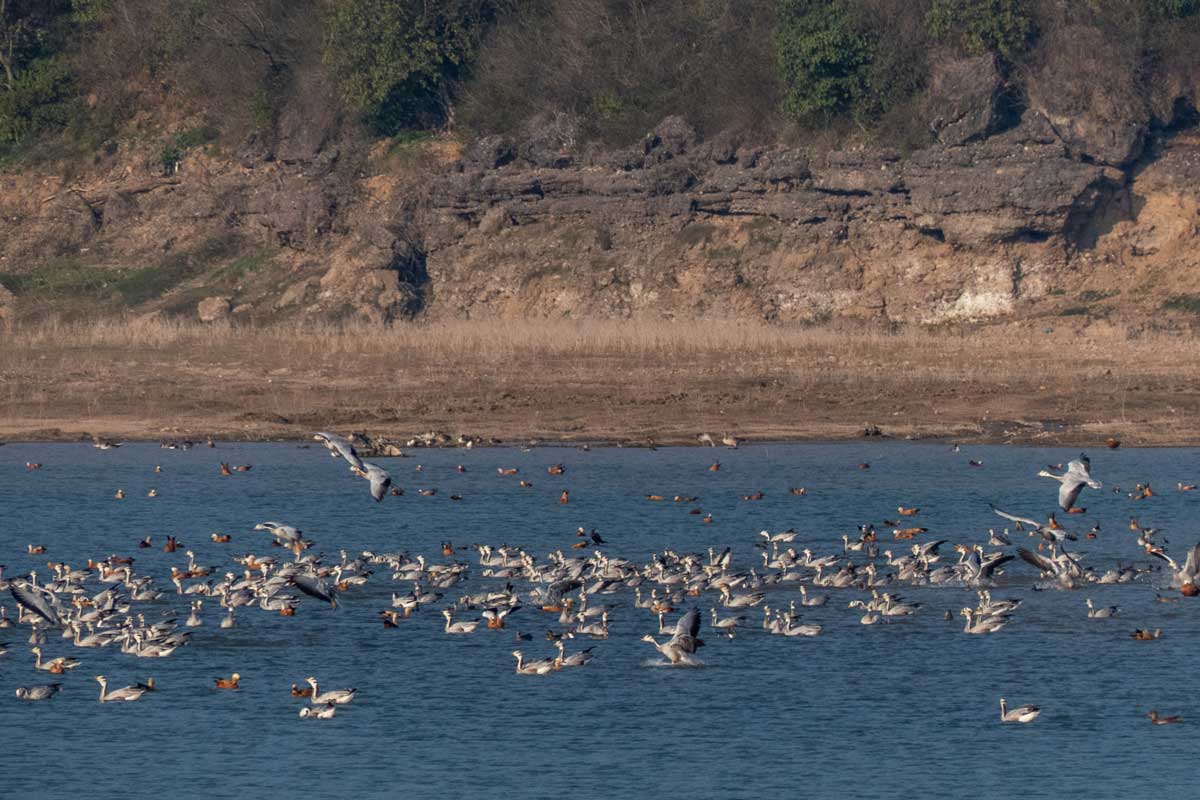
An unpredictable pathogen
With much of the global focus being on avian HPAI A(H5N1), the recent avian influenza A(H9N2) case in India has elicited relatively less concern. As Kang explains, “H9N2 cases in humans are rare, with about 100 reported until recently. They do not result in mortality at the same rate as other AIV strains, but with any influenza virus, the concerns about transmission and virulence apply, and surveillance needs to be in place to detect potential changes in virus behaviour as early as possible. H9N2 is a low-pathogenicity AIV, but its severity in birds, where it causes about 10% mortality, does not predict how it will behave in humans now or in the future.”
This unpredictability may apply to HPAI A(H5N1) as well, albeit conversely. Shahid Jameel, Indian virologist and Research Fellow at University of Oxford, explains, “Transmission of avian flu viruses to humans is very inefficient due to the biology of these viruses and the types of cells that line the human upper and lower respiratory pathways. Human-to-human transmission of H5 viruses is even rarer. Whether an H5 virus that transmits more easily to and between humans will retain the cumulative human mortality rate of 40–50% is not known. Most likely it will reduce in virulence but it’s anyone’s guess.”
The measured case fatality rate of around 50% in humans infected with avian HPAI A(H5N1) “is likely to be an over-estimate because milder cases may not be seen in the health care system,” Kang clarifies. The real concern, Jameel stresses, is H5 AIV crossing the avian-to-mammalian species barrier and showing up in cattle, as in the US, which would have the potential to significantly speed up virus evolution. “The potential for human transmission is getting more real,” he cautions. Recent epidemiologic and genomic evidence revealing efficient cow-to-cow transmission in the US underscores the potential of avian HPAI A(H5N1) for adaptation and efficient transmission between humans.
Bird (flu) watching
Caution, vigilance, and surveillance remain key in the face of uncertainty. As Menon notes, “Adequate sentinel surveillance, alertness to clusters of cases in birds and reports of mass bird deaths, the willingness to cull infected animals at scale,” are key mitigating measures.
Noting India’s “backyard” poultry sector, which is seen as a challenge for surveillance, Kang opines, “surveillance does not mean being in every backyard poultry farm to examine every transmission event – this is impossible. One Health surveillance does mean being ready to detect a signal when it gets to a level of public health significance – any cluster of human cases, any major illnesses or die-off of birds or animals, we should be able to investigate quickly.”
Alertness and early detection were key lessons from the COVID-19 pandemic that brought with it a strengthening of health systems and lessons in pandemic preparedness. “Sequencing was strengthened during COVID. Deploy it aggressively for field epidemiology and case characterisation,” Jameel urges.
“Early detection matters, so maintaining (not setting up and dismantling) surveillance is going to be critical for our preparedness, not just for bird flu but also for pandemic influenza preparedness, which may come from mutating known human strains as well as the emergence of new strains or reassortants,” Kang observes.
Previously deployed successfully for COVID-19, wastewater surveillance can aid in the early detection of pathogens, offering crucial lead time for decision-making and preventive measures before human cases occur.
Have you read?
In a brainstorming session that the Department of Animal Husbandry & Dairying held last month, special emphasis was placed on “developing SOPs for environmental surveillance using low-cost methods at sites like wet markets, water bodies, wastewater, slaughterhouses and poultry farms”.
The session brought together different health ministries and departments to “enhance surveillance, response mechanisms and vaccine development” by leveraging the One Health approach. “What matters is action on the ground,” Jameel remarks, reflecting on the session, and adds that a clear chain of command integrating India’s various health departments for One Health will be vital – as will sharing data widely across institutions.
As economies, particularly of low-income and middle-income countries, continue to recover from COVID-19, the notion of another pandemic is wearisome, to say the least. Communicating to the public that a bird flu pandemic is a possible but deeply uncertain prospect is a responsibility that health authorities must shoulder. At the time this article went to press, WHO had not updated its advice for India from June 2024 that read “With the currently available evidence, WHO assesses the current public health risk to the general population posed by this virus as low.”

